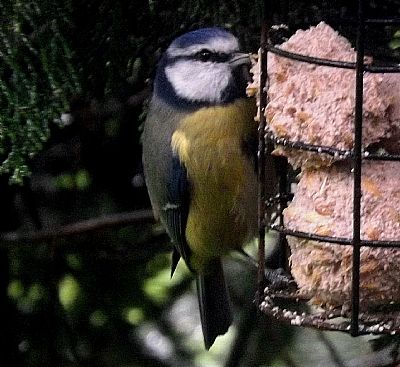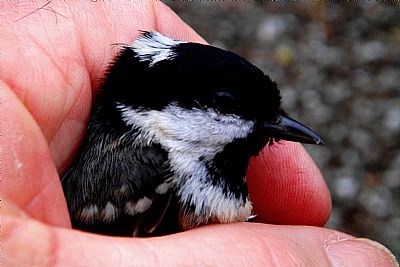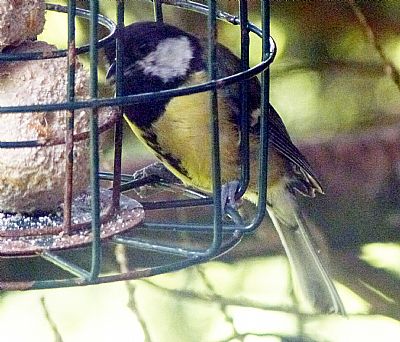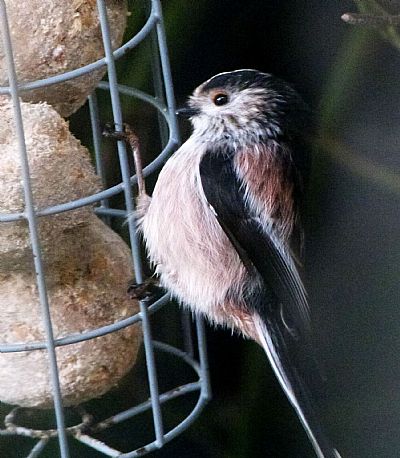TITS : Paridae
The tits, chicadees and titmice constitute the Paridae, a large family of small passerine birds which occur mainly in the Northern Hemisphere and Africa. Most were formerly classified in the genus Parus.
Eurasian and African members of this family are referred to as "tits", while North American species are called either "chickadees" (onomatopoeic, derived from their distinctive "chick-a dee dee dee" alarm call) alarm call) or "titmice". [Wiki]. If you have seen one of the tits scurrying around on the ground, you may have thought it was a mouse, hence the "titmouse" reference. The long tail tit of course is a bit mouse-like, although this is not the one you are likely to see on the ground. Anyway, this name is more an Americanism than in local use.
Within West Dunbartonshire we have four species that are commonly seen. The following are direct links.




BIRD SPOT : https://www.birdspot.co.uk/british-tits
RSPB : https://www.rspb.org.uk/birds-and-wildlife/wildlife-guides/bird-a-z/blue-tit/
https://www.rspb.org.uk/birds-and-wildlife/coal-tit
https://www.rspb.org.uk/birds-and-wildlife/long-tailed-tit
WIKIPEDIA : https://en.wikipedia.org/wiki/Tit_(bird)

